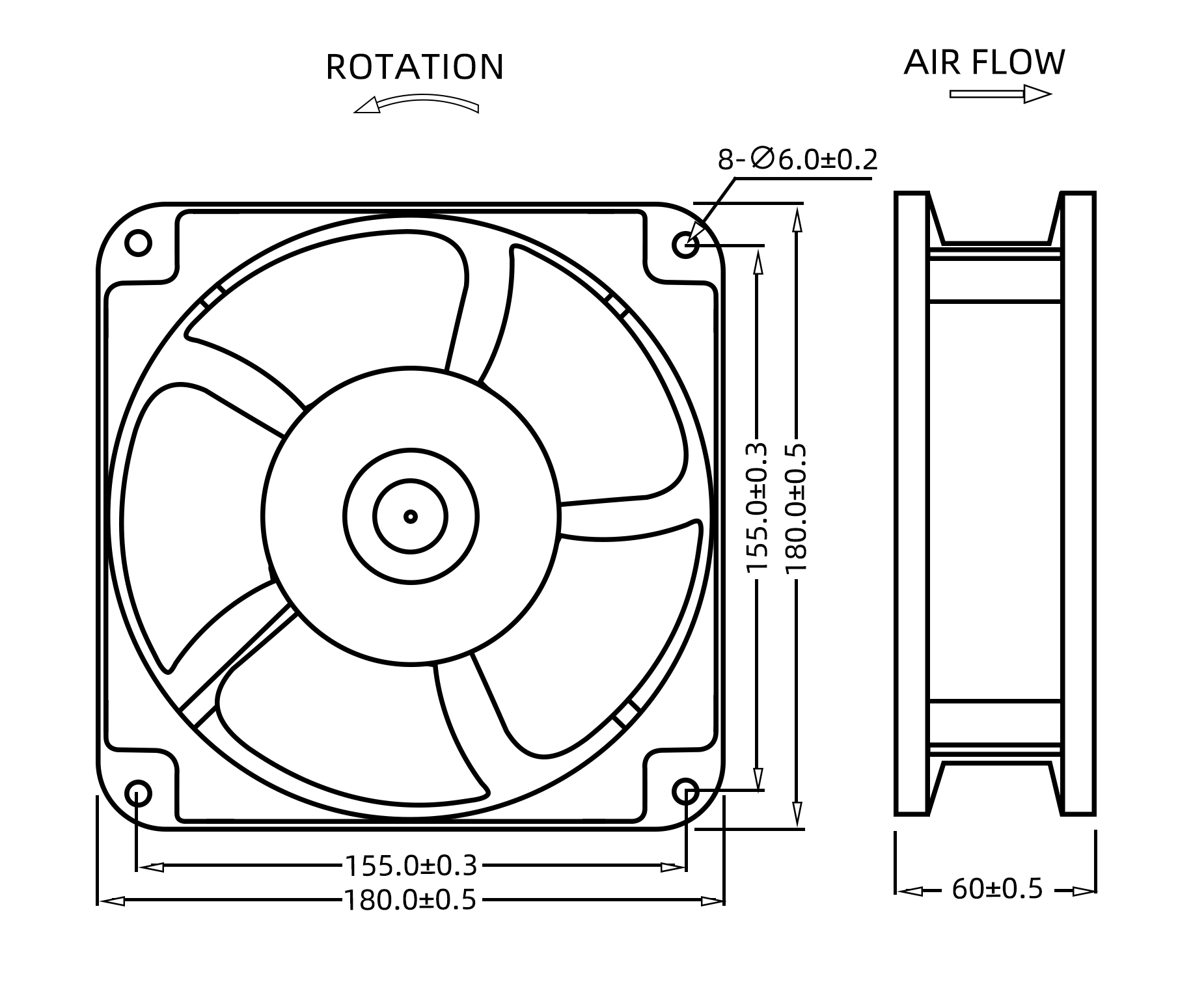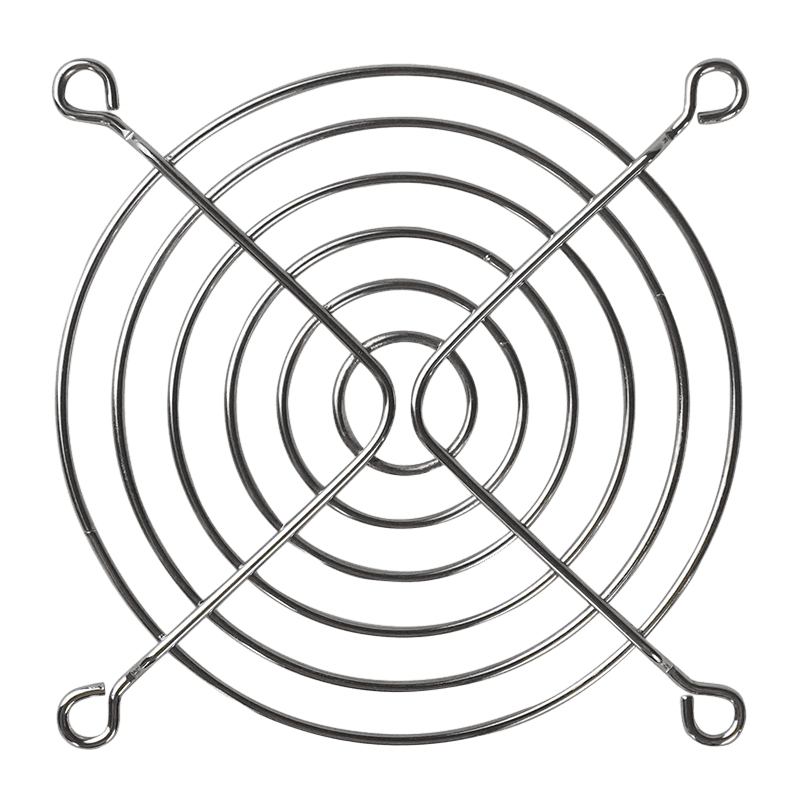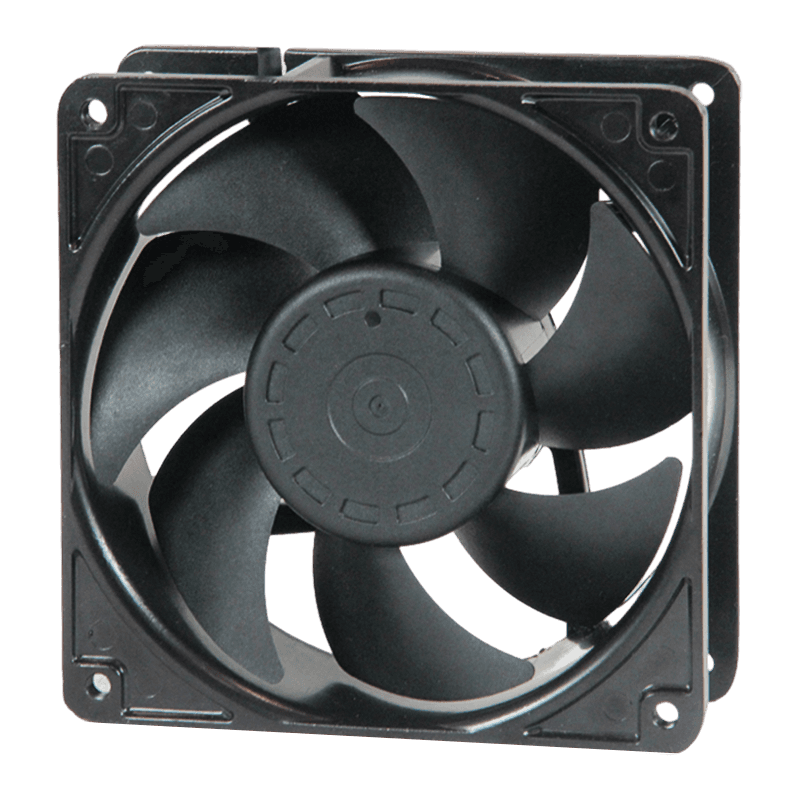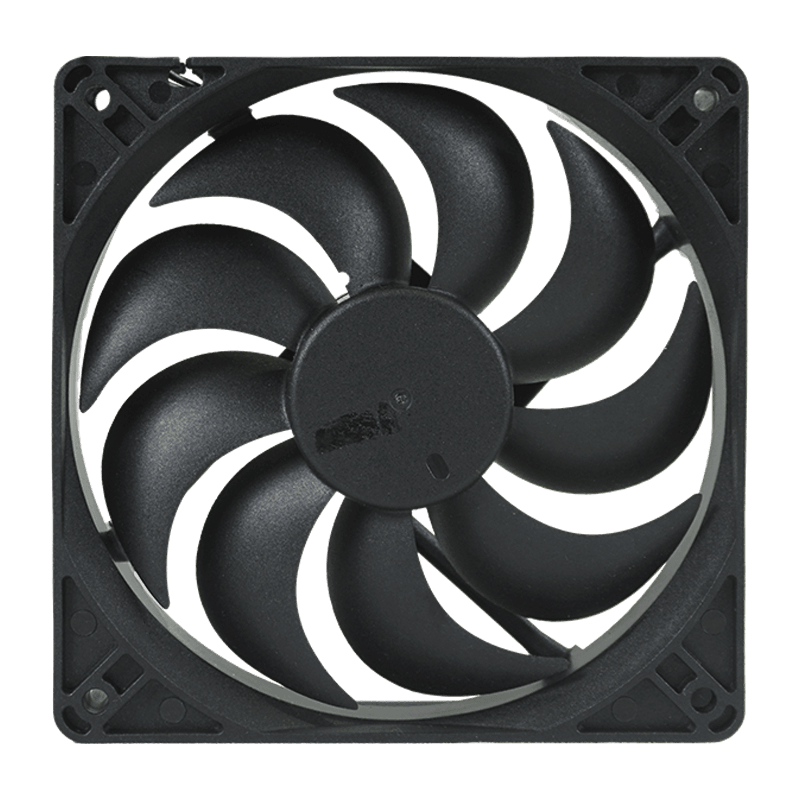In many electronic and mechanical applications, cooling is a critical factor that affects performance and longevity. Among the various cooling solutions, the 4-inch AC fan stands out as a compact and efficient device widely used in small appliances, computers, HVAC systems, and other equipment. The term 4-inch AC fan refers to a fan with a blade diameter of approximately four inches that operates on alternating current (AC) power. This size allows the fan to fit into compact spaces where larger fans would not be suitable, making it ideal for applications where airflow needs to be managed without occupying too much room.

One of the fundamental aspects of the 4-inch AC fan is its motor design. Many of these fans use an induction motor or a shaded-pole motor, both of which are simple and reliable. The motor converts electrical energy into mechanical energy, causing the fan blades to rotate. In a typical 4-inch AC fan, the motor is designed to operate efficiently at standard AC voltage levels, such as 110-120V or 220-240V, depending on regional power supply standards.
The blades of the 4-inch AC fan are engineered to maximize airflow while noise and energy consumption. The blade shape, pitch, and number of blades are all carefully designed to create sufficient air movement. Because the fan size is relatively small, optimizing blade design is crucial to achieving effective cooling performance. Many manufacturers use aerodynamic principles to design blades that provide a steady and smooth airflow.
Another important element in 4-inch AC fan technology is the housing or frame. The fan frame provides structural support and helps direct airflow. It is often made from durable materials like plastic or metal, chosen for strength, heat resistance, and noise reduction. The design of the housing can include features like mounting brackets or vibration dampeners, which improve installation flexibility and reduce operational noise.
Electrical components such as capacitors and wiring also play a key role in 4-inch AC fan performance. Capacitors help start the motor and maintain smooth operation by providing the necessary phase shift in the motor windings. Proper wiring and insulation ensure safe operation and longevity of the fan, especially in environments where heat or moisture might be present.
The control options for 4-inch AC fans vary depending on their application. Some models operate at a fixed speed, while others come with variable speed controls, allowing users to adjust airflow as needed. Variable speed control can be achieved through external controllers or integrated circuitry, improving energy efficiency and user comfort.
In terms of applications, the 4-inch AC fan is versatile and widely used. In computer systems, these fans help cool processors and power supplies by drawing heat away from sensitive components. In HVAC systems, small 4-inch AC fans assist with ventilation in tight spaces or specific zones, improving overall air circulation. They are also common in household appliances like microwave ovens, projectors, or air purifiers, where compact and quiet cooling solutions are required.
Durability and maintenance are other important considerations in 4-inch AC fan technology. High-quality fans are built to withstand continuous operation over extended periods. Bearings, such as sleeve or ball bearings, affect how smoothly the fan operates and its lifespan. Many 4-inch AC fans include sealed bearings to prevent dust and moisture intrusion, reducing the need for frequent maintenance.

 English
English 中文简体
中文简体 عربى
عربى






